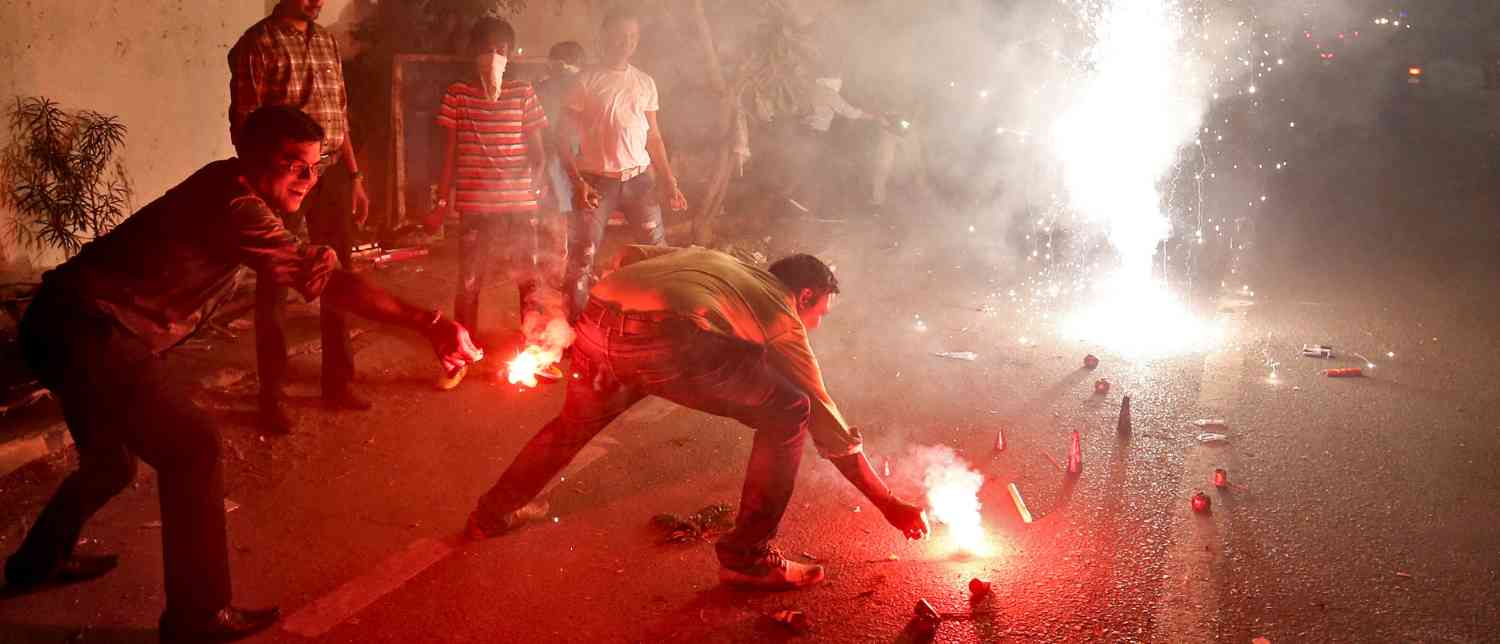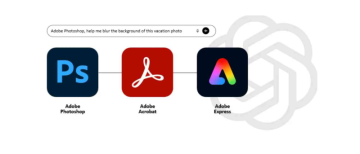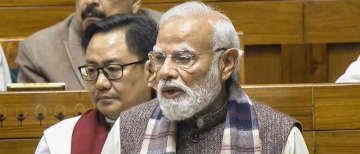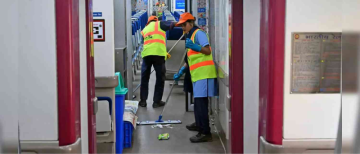Delhi's PM2.5 air pollution levels soared to a four-year high on Diwali night 2025, mainly due to widespread firecracker use, but they plunged rapidly the following day thanks to favorable weather and reduced farm fire activity. This rapid drop contrasts with the record-breaking spike during Diwali festivities and offers insights into the complex nature of Delhi's air quality.
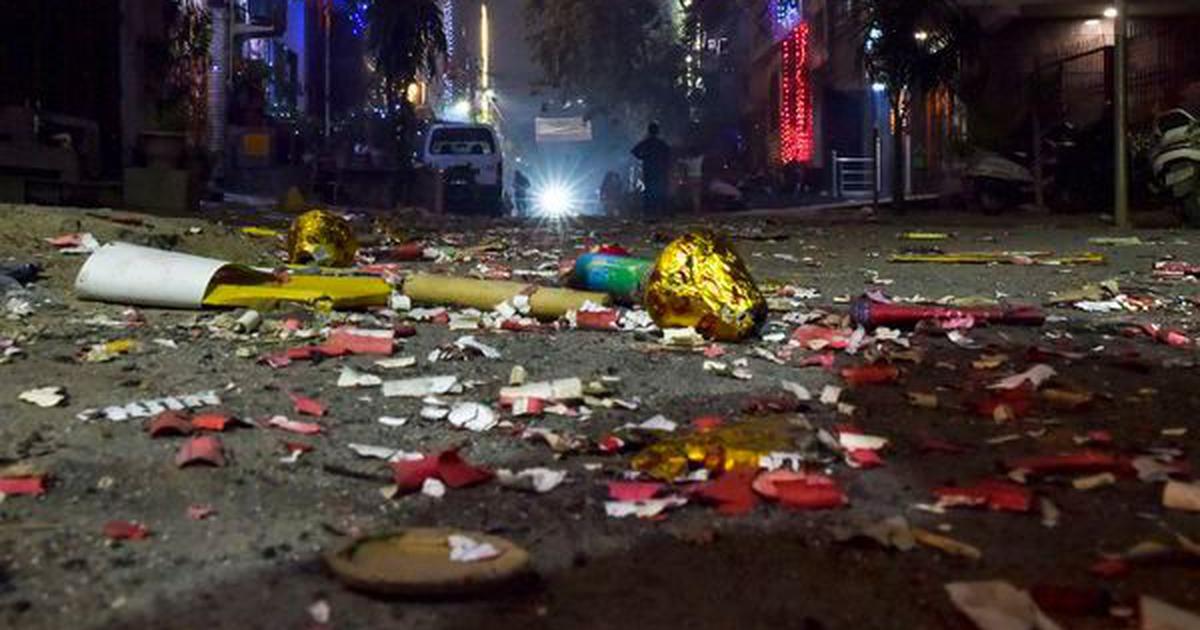
On Diwali night, Delhi's PM2.5 concentration peaked at about 675 micrograms per cubic meter, which is more than 11 times the national safe limit and over 40 times the World Health Organization’s guideline. This was the highest Diwali spike since 2021, caused by the intense use of both traditional and 'green' firecrackers across the city. Although green firecrackers were allowed by the Supreme Court and are designed to emit less pollution, reports indicate widespread violations of time restrictions and use of regular crackers, intensifying the pollution spike.
Despite this severe spike, PM2.5 levels dropped sharply the next day, falling to around 82 micrograms per cubic meter by Tuesday afternoon from the earlier peak. Experts attribute this fast decline primarily to favorable weather conditions such as increased sunlight, stronger and steadier winds, and a higher mixing height in the atmosphere. These factors helped disperse the pollutants, preventing them from lingering at dangerous levels for long. Additionally, a notable reduction in stubble burning by farmers this season contributed to lower baseline pollution.
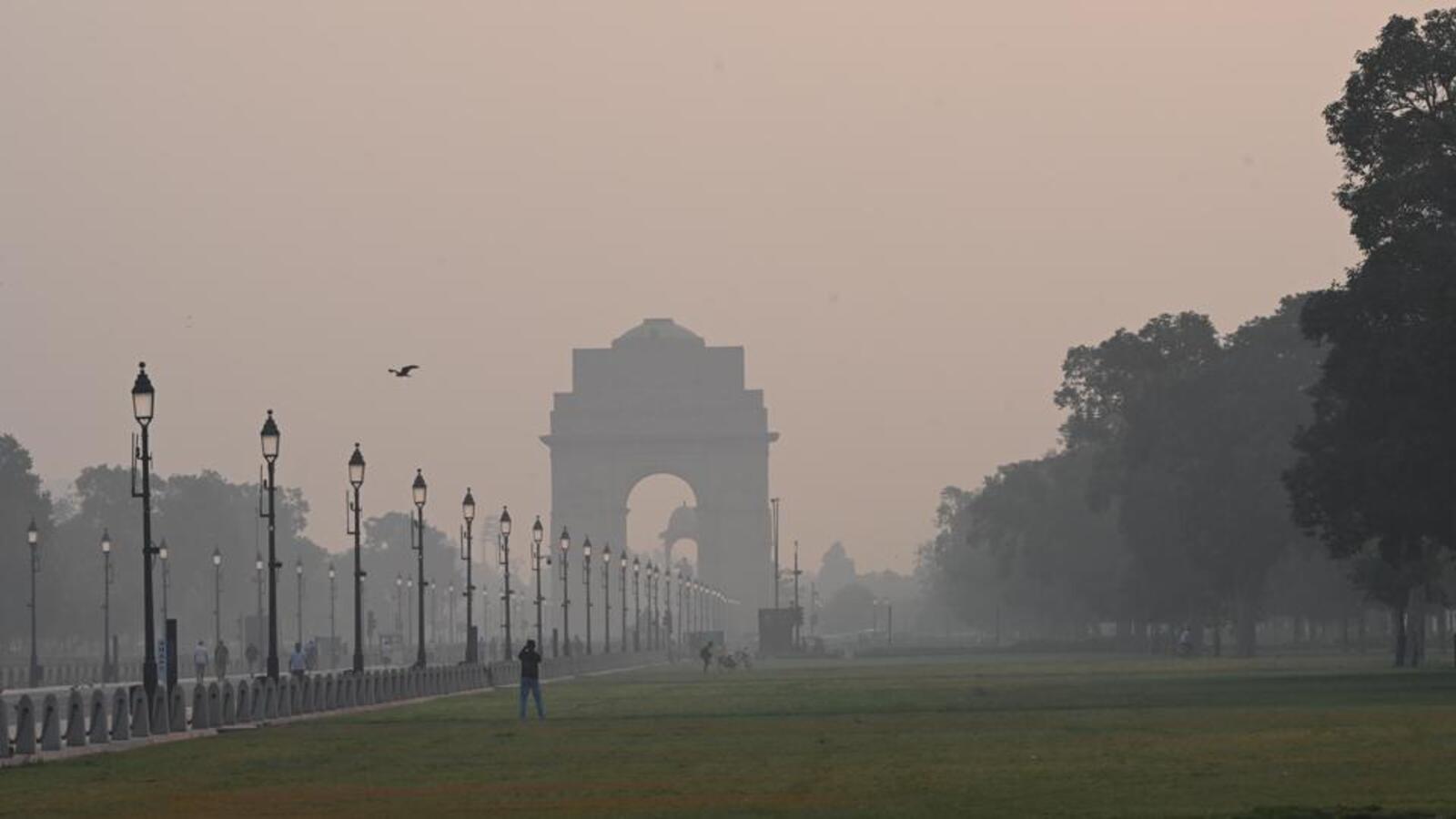
The rapid rise and fall of PM2.5 levels around Diwali reflect how weather and human activities interact to determine air quality in Delhi. The intense firecracker activity injects large amounts of PM2.5 and harmful chemicals immediately into the air, causing acute health risks on Diwali night. However, when the atmospheric conditions allow, these pollutants can disperse quickly, offering temporary relief. This contrast underscores the importance of combining regulation, behavioral change, and environmental monitoring to manage air pollution effectively.
PM2.5 particles are tiny enough to enter the lungs and bloodstream, leading to respiratory and cardiovascular problems, especially for vulnerable populations like children, the elderly, and those with pre-existing conditions. The severe pollution episodes during Diwali highlight the ongoing challenge to balance cultural festivities with public health.
While 'green firecrackers' aim to reduce emissions, their limited effectiveness in 2025 suggests the need for stricter enforcement of bans and regulations, public awareness campaigns, and alternative celebrations to reduce air pollution spikes. Experts also emphasize tackling crop residue burning, which historically contributes heavily to winter pollution spikes in Delhi.
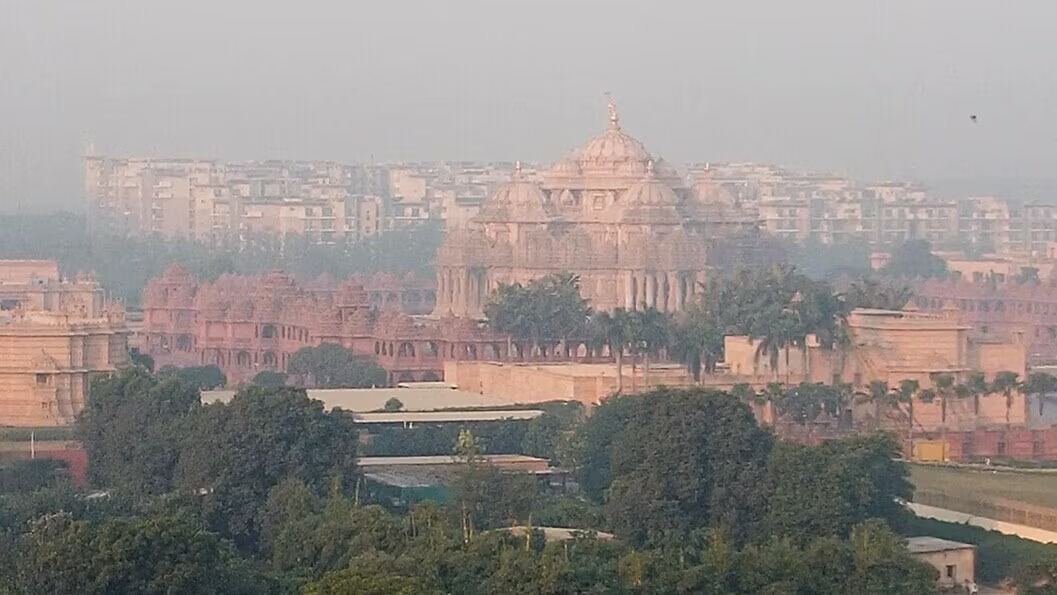
Delhi's sharp drop in PM2.5 after a historically high Diwali peak reflects how environmental factors can rapidly influence pollution levels. However, the intense short-term spike during celebrations remains a serious health concern, showing the complexity of air quality management in the city. Continuous efforts in policy enforcement, technological alternatives, and public cooperation are essential to improve Delhi’s air quality without compromising cultural traditions.
With inputs from agencies
Image Source: Multiple agencies
© Copyright 2025. All Rights Reserved. Powered by Vygr Media.

